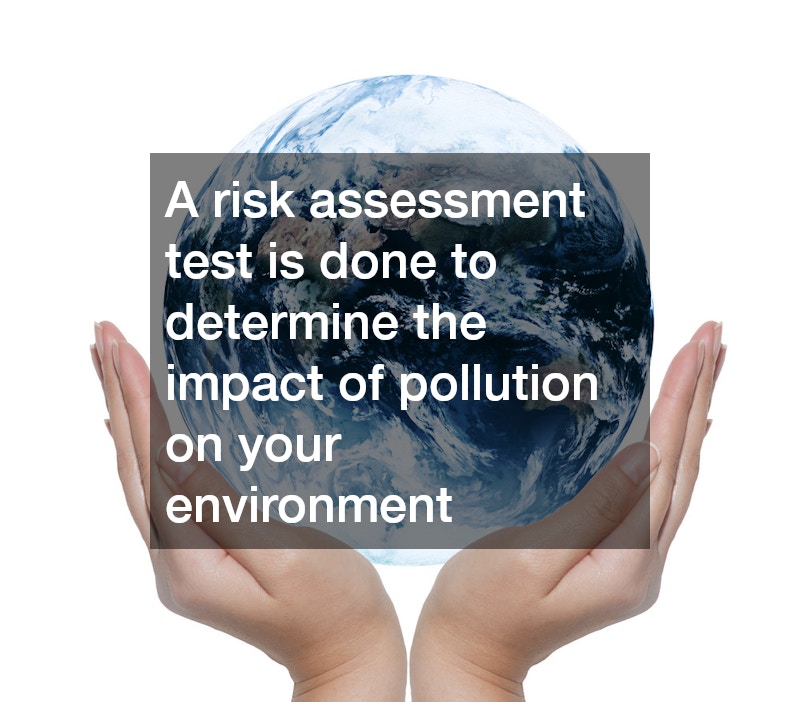
Water pollution is a major concern for every citizen. Our research has shown over 1 trillion gallons of sewage water, storm water and waste has been dumped into the water supply of our country. Those who are concerned about the personal impact of this crisis are participating in an environmental risk assessment. According to the ERA, those studies use a trained risk assessor to test your water, soil and air.
A risk assessment test is done to determine the impact of pollution on your environment. Once you know your status, you can develop a plan to correct any imbalances by using restoration techniques. Mitigation can be achieved by creating a strategy to reduce or limit the risk. After all, clean air and water should be a priority for everyone.

If we, as a country, are to expect any improvement in the environment, an enforceable policy for industries and water pollution must be formulated. Without policies for water quality management, our water quality can’t be expected to improve. If we want to have a source of clean drink, we have to hold the polluters accountable and compel them to correct their heinous behavior.

Every year, Americans use around 2.2 billion pounds of pesticides for on everything ranging from flower gardens to massive fields full of crops and produce. While that tends to be a good thing when it comes to food quality, pesticides could actually do more harm than good. In fact, more than 100 ingredients have been linked to causing cancer, gene mutation, and other birth defects. As a result, many companies and farmers alike are using go green initiatives to cut down on the amount of land pollution that they produce by using pesticides. In the long run, those going green ideas could help make sure people have good food that does not cause serious health issues.
In many cases, pesticides being used for growth hurts people because their use leads to drinking water contamination. There are an estimated 320 million people in China alone who do not have access to clean water, and the number there, and in the U.S. and around the world, could increase if food manufacturers do not take the time to learn more information of water pollution. They would likely find that pesticides work their way into water sources and end up contaminating the water that people drink every day.
An estimated 1.2 trillion gallons of untreated sewage water, stormwater, and waste are dumped into American waters every year,. By reading up on information of water pollution, you will likely find that much of the water has been contaminated because pesticides found their way into it. Essentially, pesticides work their way into the ground, get washed away by rain water, and filter their way into drains and sewers that spill out into larger bodies of water. Like other pollutants, pesticides can get into runoff and end up having a drastic impact on the water quality in certain communities.
American factories dump some three million tons of toxic chemicals into the air and land every year. While there are some regulations in place to try to lower that number, there are also steps that homeowners can take to lower pollution. The internet is loaded with great resources, like askhrgreen.org, that provide information of water pollution and tips for recycling and going green. Using them is great for parents who want to not only lower their environmental impact, but give kids the knowledge and habits they need to be responsible in the future.

